The FET Compressor Mk II is based on the most famous FET hardware compressor and has been designed to sound exactly like the real thing. It has the same analog sound and functionality as the original, but also includes some useful digital features that would have been difficult or impossible to implement with analog hardware. Our previous version of this compressor has been very successful, but we have now updated it with a new GUI and re-modeled the hardware from the ground up. With FET Compressor Mk II you get the best of two worlds.
The design philosophy is centered around three main ideas. Firstly, we wanted to create a digital compressor with an analog sound. We focused on ensuring that every aspect of the simulation contributed to the unique sound of the compressor, including the fast attack, subtle (and sometimes not-so-subtle) distortion from different parts of the compressor, and careful handling and conditioning of the signal throughout the signal chain. Secondly, we wanted to expand the compressor's functionality by adding new ratios, parallel compression, and detector filtering. Finally, we wanted to make the compressor easy to use, with a minimal number of knobs and a simple workflow for getting the desired sound quickly. To achieve these goals, we put a lot of effort into accurately modeling the original hardware, including its quirky circuits and less-than-ideal components and design. We also developed new ideas during the modeling process to create a piece of software that should please even the most critical ears.
Input
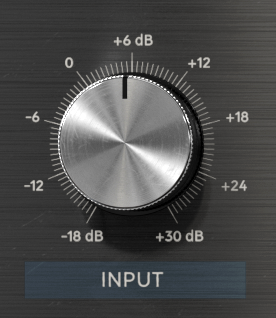
The Input knob on this compressor drives signal level into a compression. If you increase the Input volume you will also increase the gain reduction, which makes it work sort of like a combination of a gain knob and a reversed threshold knob. You can drive the INPUT VU far into the reds without any unwanted digital clipping. Just make sure that the OUTPUT PEAK meter doesn’t indicate any clipping. (If it does, just lower the Output volume a bit.)
The Input knob also works as a threshold control. More input gain will get you more gain reduction. If you drive the input volume so that the VU starts hitting the reds you will also add more distortion to the signal. If you want lots of distortion we recommend you to also set the Ratio knob on ALL. More input gain also means more distortion (in a good way).
Output

Compared to the Input knob, the Output knob doesn’t do much more than simply adjusting the output volume. Keep a close look on the OUTPUT PEAK meter while adjusting the output volume to avoid unwanted digital clipping. It is good practice to keep the levels below 0 dB, even if you are using a (native) host that allows level above 0 dB.
Drive
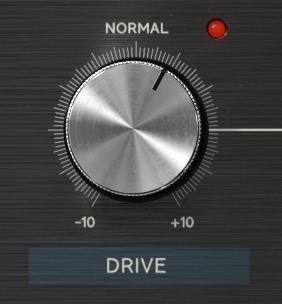
Sets the amount of Drive applied to the signal.
Drive Type

Your choice of drive type: FET or -transformer based distortion, or both.
Dry/Wet
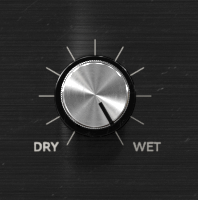
Controls the amount of dry and wet signal.
British Mode
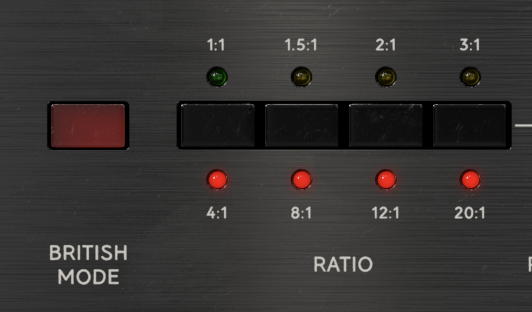
Press this button to activate the classic All-Buttons In setting, a peculiarity found on this type of compressor. Originally the different ratios were selected with push buttons, which made some mix engineers try out what happens if you press all buttons at once. From a technical perspective, pushing all buttons at the same time makes all bias levels go berserk. From a sound perspective, this means that you will get a very pumping compression with lots of distortion.
Ratio
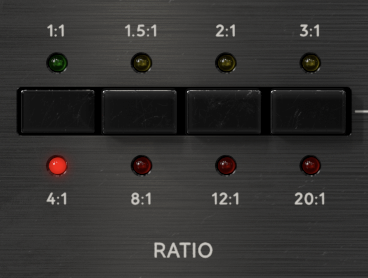
Toggle between 8 preset ratios.
Ratio Mode
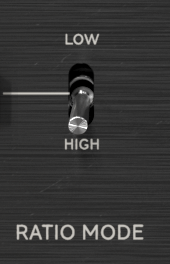
Cycles between the original (High) ratios found on the original hardware and the more subtle low ratios, including 1:1.
Attack and Release
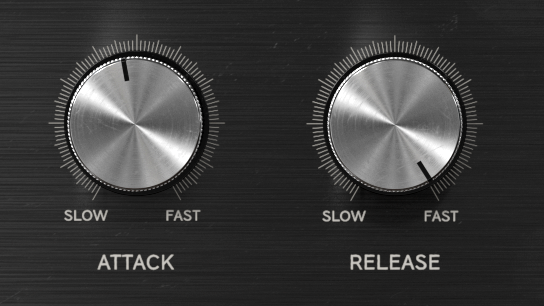
Use Attack and Release to control the time it takes for the signal to become fully compressed (Attack) and the time it takes to go from compressed state to original non-compressed signal (Release). The attack time on this unit is very fast, ranging from about 20 μs at the fastest setting to about 800 μs (that’s micro-seconds!) on its slowest setting. Other kinds of compressors often have much slower attack times. In comparison to the attack time the release times are much slower – ranging between 50 ms and 1.1 s. Please note that these numbers only give a general idea of the attack and release times. In practice (and just like in the modeled hardware), the attack and release times will be program dependent, ie. depend on the characteristics of the input signal.
Input VU
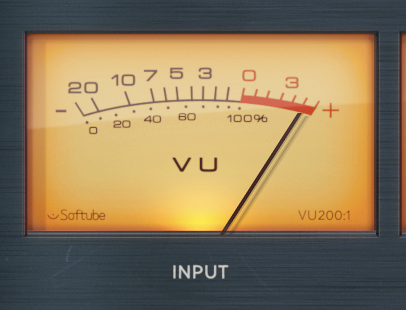
Gain Reduction VU
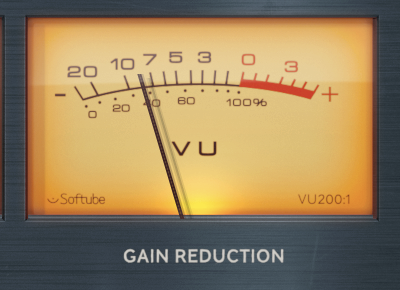
HF Make-Up

A common mix task is to compensate for a perceived high frequency loss caused by compression. With the HF Make-up we introduced a novel feature to reduce this phenomenon. When engaged, and when compression occurs, it will reduce the amount of high frequency compression in a dynamic way. It could be seen as a dynamic EQ, or multi-band compression, but is in fact more like a frequency dependent ratio, with slightly lower ratios for higher frequencies.
Stereo Link

Normally, a stereo compressor will have the same amount of gain reduction on both channels, regardless of the difference of the channels. This is to, for example, avoid having the entire sound field tilt to the left when a loud sound is heard in the right channel. But for mastering purposes, and lower gain reduction amounts, it is often useful to decouple these two channels in order to preserve "depth" to the sound.
By engaging Link Channels, you'll get the "normal" stereo mode with linked gain reduction, as well as linked parameters. Set Link Channels to “off” and you get true, independent gain reduction for both channels.
Sidechain Punch
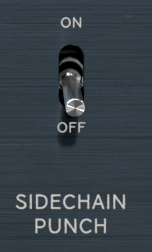
Adds low-cut and high-boost to the audio signal feeding the side-chain detector circuit. This is done to prevent low-frequency elements from dominating the action of the compressor, allowing mid- and high-frequency elements to have a greater influence on the compressor's behavior. This results in a more "punchy" sound with a stronger mid-range and well-balanced high frequencies.
Sidechain Filter
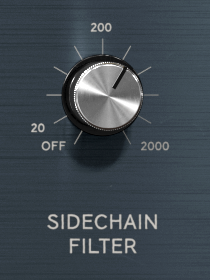
Use this to set how much bass energy the compressor should react to. Frequencies below the set frequency will be attenuated and will trigger the compressor less. Whenever you use the compressor on something with a wide frequency range, such as a drum bus, a mix or sub groups, experiment with the setting of this control.
External Sidechain

Engages the external sidechain input. Use the External Side Chain knob to set the input volume of the external signal (for instance the bass drum track). A higher input volume will lead to more gain reduction, just like the Input knob works without an external side chain.
A whole range of added control can be accessed with Extended Features. Please see the separate "Extended Features" manual for more information.
Anton Eriksson and Fredrik Jansson – Modeling
Niklas Odelholm and Maxus Widarsson – Product concept
Niklas Odelholm – Graphic design
Maxus Widarsson – Product owner, manual, presets
Andreas Mood – Presets
Patrik Holmström – Framework programming
Johan Bremin – Quality Assurance
Ulf Ekelöf – 3D rendering